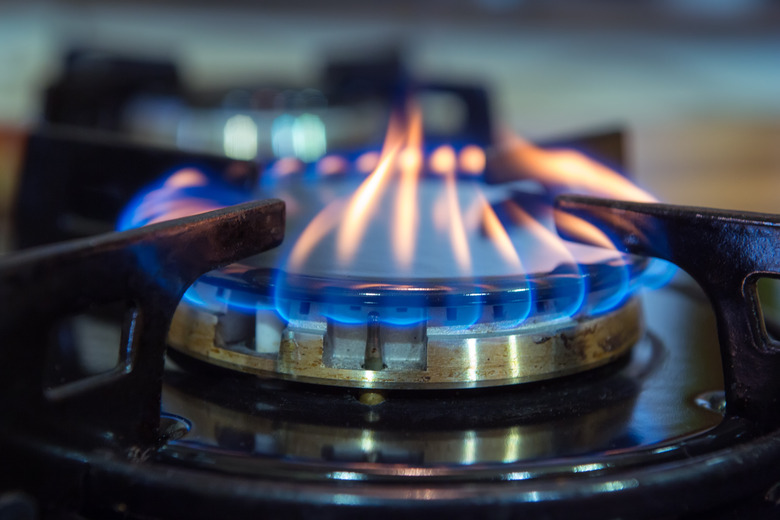Why Does Hot Air Rise & Cold Air Sink?
Hot air is less dense than cold air, which is why hot air rises and cold air sinks, according to the United States Department of Energy. Hot and cold air currents power the weather systems on earth. The sun plays a major role in heating the planet, which also creates hot and cold air energy systems. Warm air currents typically bring rain, because they form over oceans. That's why hurricanes and tropical storms form at sea and eventually move toward land.
Considerations
Considerations
As hot air from the earth's surface rises, it soon becomes cold air as it nears space, according to Historyforkids.org. As hot air cools it sinks back to the surface of the earth, where it gets warmed by the ocean only to rise again. This is called a convection current. Convection currents are defined as room air rising and cold air sinking by the Children's Museum of Houston, on CDM.org.
The main reason that hot air rises is because sinking cold air pushes it up. However, other things like mountain slopes can also cause hot air to rise.
Function
Function
When any substance is hot, its molecules are farther apart than when it is cold, reports History for Kids. This makes hot air less dense than cold air and lighter per cubed square foot.
Misconceptions
Misconceptions
Air high up in the atmosphere is actually colder than earth near the earth's surface, states History for Kids. This is because the earth's oceans warm up air near the earth's surface.
Significance
Significance
This system of hot air rising and cold air sinking is what drives earth's energy, according to History for Kids. These air currents also create storms, including hurricanes and tornadoes. Hot air rising and colliding with cold air is what creates thunderstorms. Strong updrafts of warm air create cumulus clouds, according to the Children's Museum of Houston.
Cumulus clouds look like fluffy clouds. The University Cooperation for Atmospheric Research reports that cumulus clouds usually have a flat base and are sometimes only 330 feet above the ground. These clouds typically grow upward and can grow into thunderstorms. Violent tornadoes are also associated with cumulus clouds.
Quick Fact
Quick Fact
Storms that form at sea begin to dissipate when they reach land, because they can no longer absorb moisture from the ocean. The longer a tropical storm or hurricane stays at sea, the more likely it is to grow in size and strength, for the most part.
Cite This Article
MLA
Girard, Frank. "Why Does Hot Air Rise & Cold Air Sink?" sciencing.com, https://www.sciencing.com/hot-rise-cold-air-sink-6384427/. 22 November 2019.
APA
Girard, Frank. (2019, November 22). Why Does Hot Air Rise & Cold Air Sink?. sciencing.com. Retrieved from https://www.sciencing.com/hot-rise-cold-air-sink-6384427/
Chicago
Girard, Frank. Why Does Hot Air Rise & Cold Air Sink? last modified March 24, 2022. https://www.sciencing.com/hot-rise-cold-air-sink-6384427/
